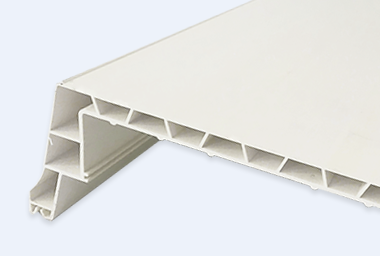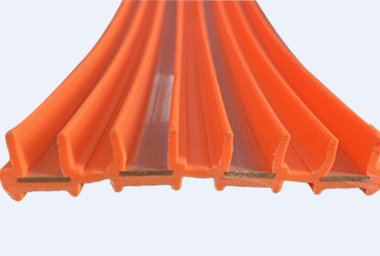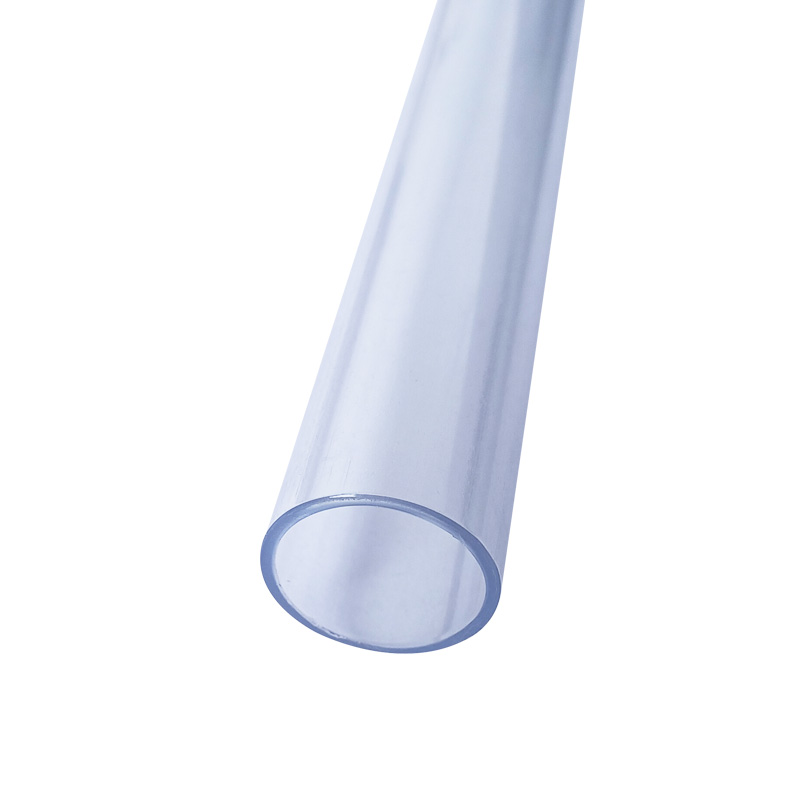What is the molding process of PC plastic
(1)Moisture control, PC plastic even when encountering very low moisture will also produce hydrolysis and broken bonds, molecular weight reduction and physical strength reduction phenomenon. Therefore, before the molding process, the moisture of polycarbonate should be strictly controlled at 0.02% or less, in order to avoid the mechanical strength of the molded product is reduced or the surface produces bubbles, silver lines and other abnormal appearance. In order to avoid the abnormal situation caused by moisture, polycarbonate should be dried by hot air dryer for more than 3-5h before processing, and the temperature should be set at 120℃, or by dehumidifying dryer to deal with moisture, but the dehumidifying air should have a dew point of -30℃ at the funnel inlet.
(2)To meet the requirements of various extrusion processes, polycarbonate material is available in different melt index specifications. Usually melt index between 525g/IOmin can be used for extrusion. However, the processing conditions vary depending on the type of extruder, the shape of the molded product and the specification of the polycarbonate, and should be adjusted according to the actual situation.

(3)Plastic Extruder selection points
1.The clamping pressure is multiplied by 0.470.78t per square centimeter of the projected area of the finished product (or 3-5t per square inch)
2.The machine size is generally about 40%-60% of the extruder’s capacity in terms of finished product weight. If the capacity of the machine is expressed in terms of polystyrene, it can usually be reduced by 10%.
3.Nozzle tip opening should be at least 4.5mm, if the quality of the finished product is more than 5.5KG, the nozzle diameter should be more than 9.5mm. In addition, the tip opening should be 0.5-10mm less than the diameter of the gate, and the shorter the section is, the better, the more 5mm.
(4) Elements of molding conditions for polycarbonate extrusion products
1.Melting temperature and mold temperature Good molding temperature setting is related to many factors such as extruder size, screw configuration, mold and molded part design and molding cycle time. Generally speaking, to allow the plastic to melt gradually, set a lower temperature at the back of the barrel/inlet area and a higher temperature at the front of the barrel. However, if the L/D value is too small for the screw design, a reverse temperature setting is acceptable.
2.The screw rotation speed is generally recommended to be 4070r/min, but it needs to be adjusted by the machine and screw design.
3.Extrusion pressure in order to fill the die as much as possible, the greater the extrusion pressure the better, generally about 850-1400KG/cm2, up to 2400KG/cm2.
4.Extrusion speed shot number is highly dependent on gate design. When using direct gate or edge gate, a slower shot speed should be applied to prevent the sunshine phenomenon wave flow trace phenomenon. In addition, if the thickness is above 5mm, a slower injection speed is helpful to avoid bubbles or dents. In general, the principle of injection speed is to shoot faster for thinner parts and slower for thicker parts.

Switch from extrusion to holding pressure, which should be as low as possible to avoid residual stress in the molded product. And the residual stress can be removed or relieved by annealing at 120°C – 130°C. The material copper is cleaned at the molding temperature of poly carbonate, and the wash material (polystyrene) is added and shot 2030 times continuously. Set the machine back and continue to air shoot the wash material until the shot starts to expand the bubbles. Reset the barrel temperature to 200-230°C and continue to air shoot the wash material until the wash material melt temperature reaches 260°C and the exterior looks clean and clear.





